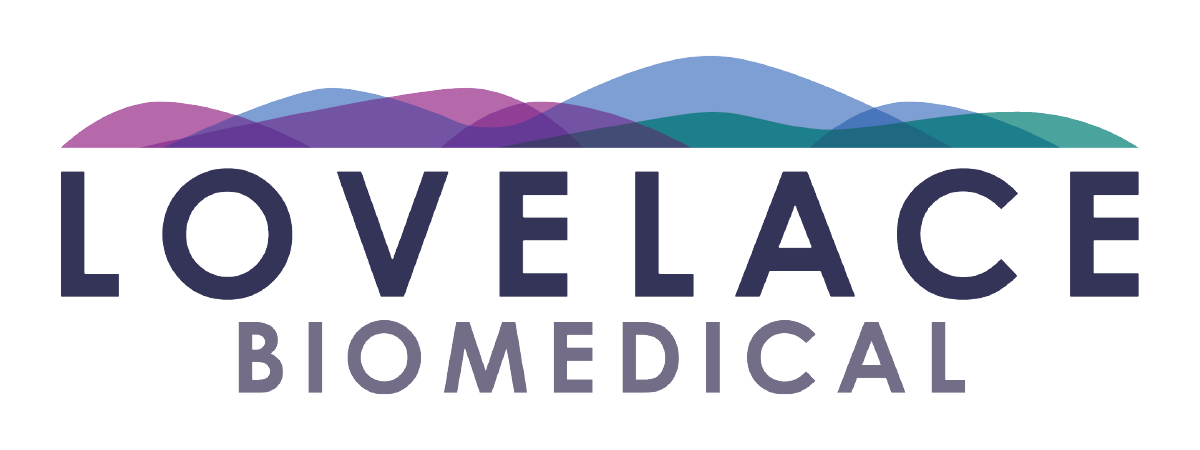To advance a gene or cell therapy product into clinical trials, drug developers must first gain a thorough understanding of how the agent travels through the body and to the target (or off-target) organs. Beyond this, qPCR can be used to evaluate vector shedding of gene therapies in body fluids and excreta, and provide a basis for which to evaluate transgene expression in the presence of vector.
Biodistribution data — coupled with other preclinical endpoints such as clinical pathology and histopathology — help determine whether levels of the therapeutic entity correlate with efficacy or any tissue-specific detrimental effects.
The FDA recommends preclinical biodistribution studies for the following types of gene therapy products, as defined in “Guidance for Industry: Preclinical Assessment of Investigational Cell and Gene Therapy Products”:
- Investigational gene therapy products that belong to a new vector class.
- Established vectors with significant changes in the vector backbone.
- Established vectors with a significant formulation change.
- Established vectors with a significant change in the route of adminstration.
- Established vectors with a significant change in the dosing schedule and/or the vector dose levels.
qPCR Is Favored Method
One of the most reliable tools for biodistribution analysis is qPCR, short for quantitative polymerase chain reaction. The technique is used to simultaneously detect a specific DNA sequence in a sample and determine the actual copy number of this sequence relative to a standard. In the case of in vivo or ex vivo gene therapy, qPCR is used to quantify vector copy number per microgram of DNA in study samples.
However, few CROs offer qPCR evaluation of cell and gene therapy products in accordance with GLP practices, which is required for IND-enabling studies. Lovelace Biomedical, however, has been performing these assays for nearly a decade. In addition to our ability to perform this analysis, we further understand the nuances associated with conducting a biodistribution study, such as having procedures in place to prevent cross-contamination between tissues or animals during necropsy.
Our team has the experience and tools to seamlessly evaluate gene and cell therapy biodistribution using qPCR — either alone or, most commonly, as a component of safety, efficacy or combination studies. Recently, qPCR has been used to evaluate biodistribution of therapies for cystic fibrosis, lysosomal storage diseases and osteoarthritis.
For more information on Lovelace Biomedical’s capabilities in gene and cell therapy studies, contact us today.

